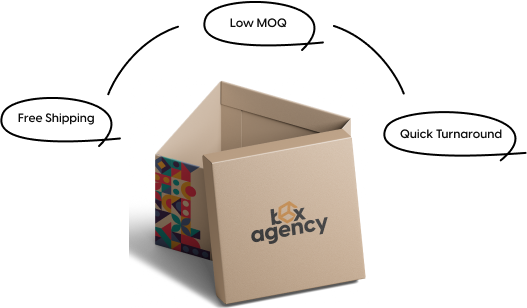Paperboard Packaging Guide Process, Types & Benefits
Packaging plays a critical part in securing products during transportation and storage. Packaging has become more than a protective cover as businesses and businesses evolve. It could be a fundamental part of the branding and client experience.
In later years trends have moved towards supportability and ecofriendliness. This has led to an expanded demand for packaging materials that are not as useful but moreover environmentally friendly. Paperboard packaging is the best choice due to its quality and flexibility.
What is Paperboard Packaging?
Paperboard packaging refers to the utilization of paper based materials to create diverse types of packaging items. It is created from a heavier and thicker grade of paper which makes it perfect for packaging a wide extent of items from food to hardware. The reason for paperboard packaging is to secure items during shipping and dealing with them while offering a solid and effortlessly printed surface for branding.
The history of paperboard packaging dates back to the early 1800s century, when it was initially utilized as a more durable and adaptable alternative to traditional wood based bundling materials. It became a favored choice in businesses extending from retail to pharmaceuticals over time.
What is the Process of Paperboard Packaging?

The procedure of paperboard packaging starts with the production of paperboard from wood pulp which is combined with water to make a slurry. This slurry is spread onto screens and pressed into sheets. The paperboard is at that point cut, folded, and scored to create the specified packaging shapes such as boxes or cartons.
The paperboard then undergoes additional treatments like coating for security or to move forward print quality. Printing is done to add branding and item information. The packaging is assembled and shipped out for distribution. Sustainable practices, like utilizing recycled materials, are regularly incorporated through the process.
1. Raw Material Collection
The primary step includes gathering raw materials, which basically include wood chips and recycled paper. These materials are the foundation of paperboard production and decide the general quality of the finished product.
2. Pulping Process
They are prepared into mash once the raw materials are collected. The pulp is crafted by breaking down the raw materials using water and chemicals to split the fibers. This can be a basic step because the consistency of the pulp affects the quality and durability of the paperboard.
3. Papermaking
The pulp is then spread onto a machine that forms it into a continuous sheet. The machine presses and dries the mash into the paperboard. This stage characterizes the thickness and texture of the paperboard, which can vary based on the type of packaging required.
4. Drying & Pressing
The paperboard is passed through heated rollers that dry it and press it into a uniform sheet. This step guarantees the paperboard is strong and free from excess moisture, preventing distortion or harm during use.
5. Cutting & Finishing
Finally, the paperboard is cut into the specified shape and size for packaging. The edges are trimmed and the board can undergo extra finishing processes like coating or printing to provide it with the fundamental appearance and functionality for its intended use.
What are the Types of Paperboard Packaging?

There are different types of paperboard packaging individually with exceptional qualities. The three most common types are:
1. Solid Bleached Sulfate
SBS is a premium paperboard utilized basically for premium packaging such as food holders and cosmetics. It is made from bleached wood fibers that offer amazing highlights and quality. SBS is widely recognized for its smooth surface which is perfect for high-quality printing and designs.
2. Kraft Paperboard
Kraft paperboard is created from unbleached wood pulp that gives it a natural rustic brown color. It is more important than multiple other types of paperboard. Kraft paper is used in packaging products that need additional stability like shipping boxes and protective packaging.
3. Recycled Paperboard
This type of paperboard is created from recycled paper materials. It is an environmentally friendly option that lessens the demand for virgin materials. There are different varieties of recycled paperboard such as;
4. Layered Recycled Paperboard
Layered recycled paperboard is produced by bonding layers of reused paper together. This results in a thicker more durable material reasonable for packaging heavier items.
5. Uncoated Recycled Paperboard
This includes a rougher texture and is used for packaging nonfood items. It delivers durability and can be utilized in a variety of industries.
What are the Benefits of Paperboard Packaging?

Paperboard packaging offers benefits including cost effective and effectively customizable. It is produced from renewable resources which makes it an eco friendly choice. It gives excellent protection for products that can be printed with quality designs and is flexible for various businesses and applications.
-
Adaptability
Paperboard packaging can be molded into different shapes and sizes. It is adaptable enough to accommodate a range of products. Whether for food or makeup it can be customized to fit the unique needs of each item. This makes it a great choice for numerous businesses.
-
Robustness
Despite being lightweight, paperboard is strong and durable. It offers excellent protection to items during transportation and handling. This makes it perfect for delicate or important items that require secure packaging. Its quality guarantees that items stay safe until they reach the customers.
-
Eco-Friendly
Paperboard is crafted from renewable resources which makes it a suitable choice. It is completely recyclable and can be reused multiple times. By using paperboard businesses contribute to reducing waste and minimizing natural impact. This includes makes it an attractive choice for conscious customers.
-
Cost Efficiency
Paperboard is more reasonable compared to materials like plastic or glass. It gives businesses a cost-effective solution for packaging without compromising quality. Its low production costs make it perfect for companies looking to save on packaging while still offering strong and reliable protection.
-
Versatility in Printing and Finishing
Paperboard offers a smooth surface that is perfect for quality printing. Businesses can effortlessly customize it with logos and designs to make branded packaging. It can moreover be coated and wrapped up in different ways to upgrade its look and appeal. This versatility allows companies to stand out in a competitive market.
What are the Printing and Coating Options for Paperboard Packaging?
Printing and coating options for paperboard packaging include vibrant colors, moisture resistance and durability.
Printing Options
Printing options for paperboard packaging include;
-
Offset Printing
Offset printing is a popular method for printing on paperboard. It uses ink to transfer images onto the surface which gives quality prints that are vibrant.
-
Digital Printing
Digital printing allows for direct printing on paperboard using digital files. It is perfect for smaller runs and offers fast turnaround times without the need for expensive setup costs.
Coating Options
Coating options for paperboard packaging include;
-
Wax Coating
Wax coating is applied to paperboard to improve its resistance to moisture and enhance its finish. It is utilized for food packaging.
-
Aqueous Coating
The aqueous coating gives a glossy finish that moves forward the appearance of paperboard packaging while moreover offering a little protection against dirt and water.
How is Paperboard Used in Packaging?
Paperboard is employed in packaging including food containers and shipping boxes. It is selected for its quality and storage which can be molded into different shapes. Companies use paperboard for packaging both delicate and heavy items which guarantees protection all through the transportation process.
Why Use Paperboard Packaging?
Paperboard packaging is an extraordinary choice for businesses since it offers quality and sustainability. It is lightweight but durable enough to secure items during shipping. Its flexibility in printing and finishing makes it a chosen option for packaging that needs to reflect a brand image.
Is Paperboard Packaging Eco Friendly and Is it Harmful to the Environment?
Paperboard packaging is environmentally friendly due to its use of renewable support. Many businesses use recycled paper in the production of paperboard which reduces the need for harmful materials.
Can we Use Paperboard Packaging Boxes to Ship Products?
Yes, paperboard packaging boxes are commonly utilized for shipping items. They give a strong and lightweight solution for packaging items of all sizes. Paperboard boxes can be customized to fit particular item dimensions and are capable of protecting products during travel.
Where To Get Paperboard Packaging Boxes?
Paperboard packaging boxes can be sourced from different providers and producers. Box Agency offers custom paperboard packaging solutions that cater to specific business needs. These boxes can be ordered in bulk and customized to the product specifications.




